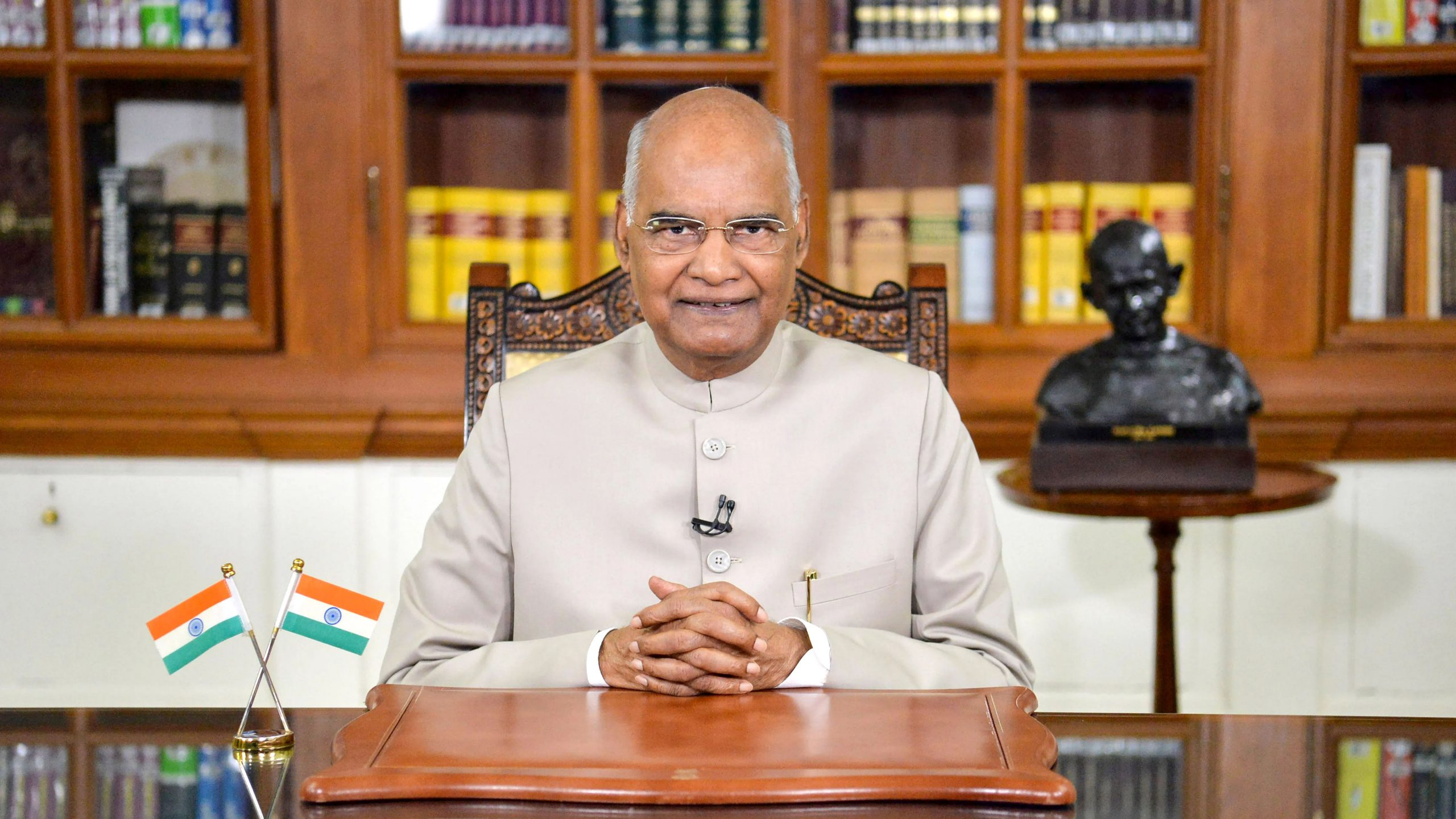President Ram Nath Kovind on Saturday said that one of the targets of the newly approved National Education Policy (NEP) is to to increase Gross Enrollment Ratio in higher education to 50% by 2035, news agency ANI reported. Kovind was addressing the Visitor’s Conference on ‘Implementation of National Education Policy 2020: Higher Education’ on this day.
“One of the targets of NEP 2020 is to increase Gross Enrolment Ratio (GER) in higher education to 50% by 2035. Technology can help in achieving this target”, the President said in his address, as quoted by ANI.
He said that India was respected globally in ancient times as an education hub, with universities like Nalanda and Takshashila holding an iconic status. “But today, India’s higher education institutions don’t get high positions in global rankings. Effective implementation of NEP is likely to restore India’s glory as a great centre of learning,” Kovind added.
Speaking about the Academic Bank of Credit, which will digitally store a student’s previously earned credits in higher education, Kovind said, “Academic Bank of Credit (ABC) is a major shift in policy which will be of great help to students. This will digitally store academic credits earned from various Higher Education Institutions so that degrees can be awarded, taking into account credits earned by students.”
“ABC will allow students to take courses as per their vocational, professional or intellectual requirements. It will also allow them suitable exit and re-entry points. This flexibility will be very useful for the students,” he added.
Kovind said that the NEP aims to reorient the education system in India so that the needs of the 21st century are met. “It sets vision of developing an equitable and vibrant knowledge society by providing quality education to all. It achieves twin objectives of inclusion and excellence,” he said.
“NEP seeks to discourage rote learning and overemphasis on marks or grades. It seeks to encourage critical thinking and a spirit of enquiry,” Kovind added in his address.







